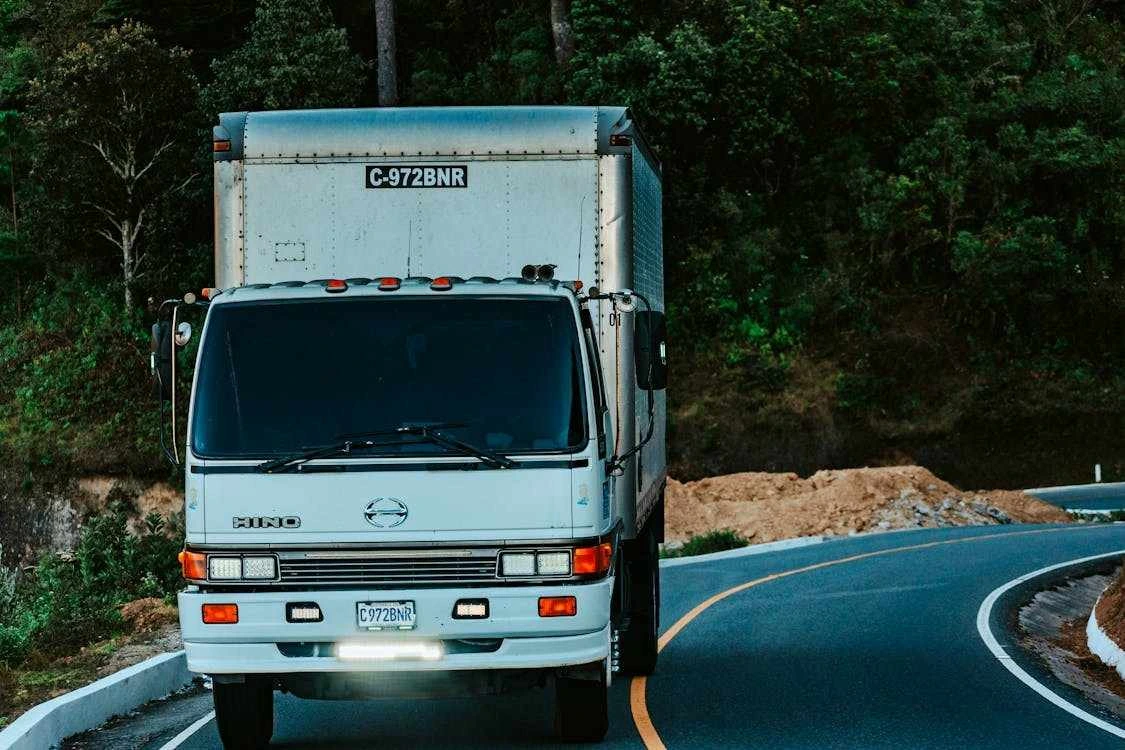In 2025, if you’re transporting an oversized or overweight load across state lines, you are often legally required to make use of pilot cars, also known as escort vehicles.
These support vehicles enhance public safety while on the road, help get through complex routes, and alert surrounding drivers of the presence of wide cargo. Essentially, pilot cars are key to transporting oversize cargo!
In this guide, we at DOT Operating Authority break down when pilot cars are necessary, what the different types of pilot cars are, how the rules and regulations can be different from state to state, and how to maintain full compliance with the latest DOT regulations in 2025.
What Is a Pilot Car and What Does It Do?
Role and Purpose of Pilot Cars
Pilot cars travel in front of or behind a wide or heavy load to:
- Warn nearby drivers about the oversized cargo
- Help navigate tricky turns, stops, bridges, or on-road conditions
- Communicate hazards and traffic jams with the truck driver
- Keep safety through high-traffic or construction-heavy areas
These handy escort vehicles are crucial for maintaining public safety and smooth transport.
The Difference Between Front and Rear Pilot Cars
Depending on the cargo load and route, you may be required to be supported by a:
- A lead escort car, which drives in the front of the carrier vehicle, to keep an eye out for low bridges, sharp turns, or changes in traffic.
- A chase vehicle, which drives from the rear of the carrier vehicle, to warn nearby drivers of wide loads and help navigate lane changes or exits.
In some cases, both front and rear pilot cars are a requirement, especially when transporting through states like California or Georgia.
Required Equipment for Escort Vehicles
As vehicles that aid in transport, every pilot vehicle must be equipped to stay DOT compliant. This typically includes:
- Oversize load signs (for both front and rear)
- High-visibility flags (18” x 18” minimum)
- Flashing or rotating amber lights
- CB radios or two-way communication devices
- Reflective vests for the operator
Escort vehicles that are not properly equipped can lead to heavy fines and operational delays, harming your operation.
When Are Pilot Cars Needed for Oversize Cargo?
Variations Between States in Escort Vehicle Requirements
Rules for pilot cars vary significantly depending on where you’re driving. For example:
- California: Often requires pilot cars for loads over 12 feet wide
- Texas: Requirements can change by county. Local knowledge is key!
- Florida: Uses strict thresholds for both width and height
- Georgia: May require restrictions from traveling during the night time and curfews for escort movement
That’s why it’s crucial to work with a company like DOT Operating Authority that knows the pilot car laws by state.
Width, Height, and Length Thresholds That Trigger Escort Needs
In general, pilot cars may be required if your cargo load is over:
- 12 feet wide
- 14 feet 6 inches tall
- 85 feet long
Always check local DOT rules to confirm thresholds before traveling.
How DOT Operating Authority Helps You Stay Legal
At DOT Operating Authority, we take the hassle out of DOT compliance. We can:
- Coordinate licensed escort vehicle services
- Secure state permits for oversized loads
- Make sure all DOT regulations for pilot cars are checked and followed well
This keeps your operation legal and your cargo protected.
Permits and Paperwork Needed for Pilot Cars and Oversize Loads
Oversize Load Permits from State to State
Each state put out its own oversize load permits with different rules and regulations. We at DOT Operating Authority take care of:
- Applications for single-trip or annual permits
- Multi-state permit management for cross-country trips
- Carrier and pilot car coordination for seamless movement
Insurance and Liability Requirements for Escort Vehicles
Both the trucking company and the pilot car operator may need:
- Commercial auto insurance
- Liability coverage specific to escort operations
- Proof of insurance to be submitted with permit applications
Without proper coverage, a single incident could halt your shipment.
Driver Qualifications for Escort Car Operators
Some states require escort drivers to be:
- Certified through state-approved training programs
- Tested on safety, flagging, and communication
- Registered with the DOT or other state authorities
We help you find drivers who meet or exceed state escort vehicle requirements.
Our Tips for Managing Pilot Cars and Escort Logistics
Route Planning and Coordination
Planning ahead never hurts! This helps avoid:
- Bridges with low thresholds
- Restricted travel times or curfews, especially during night travels
- Dangerous roadwork zones
We at DOT Operating Authority work with you to keep you on safe routes that keep your operation as efficient as possible.
Communication and Safety Protocols
Escort drivers and carriers must keep clear and consistent communication. Tools used include:
- CB radios
- GPS tracking
- Real-time hazard alerts
Clear communication minimizes delays and prevents accidents.
Choosing a Reputable Pilot Car Service or Partner
Not all pilot car providers are equal. DOT Operating Authority only connects you with:
- Vetted and licensed escort companies
- Operators with clean safety records
- Providers who understand DOT the most up-to-date pilot car regulations in 2025
Get Expert Help from DOT Operating Authority
Managing pilot cars and oversized load compliance isn’t easy, but we make it simple. At DOT Operating Authority, we help carriers, owner-operators, and logistics teams of all sizes stay DOT compliant, get the right permits, and find reliable escort services in every state.
Need help navigating pilot car requirements in California, Texas escort rules, or Florida oversize laws? Get a free quote today!




